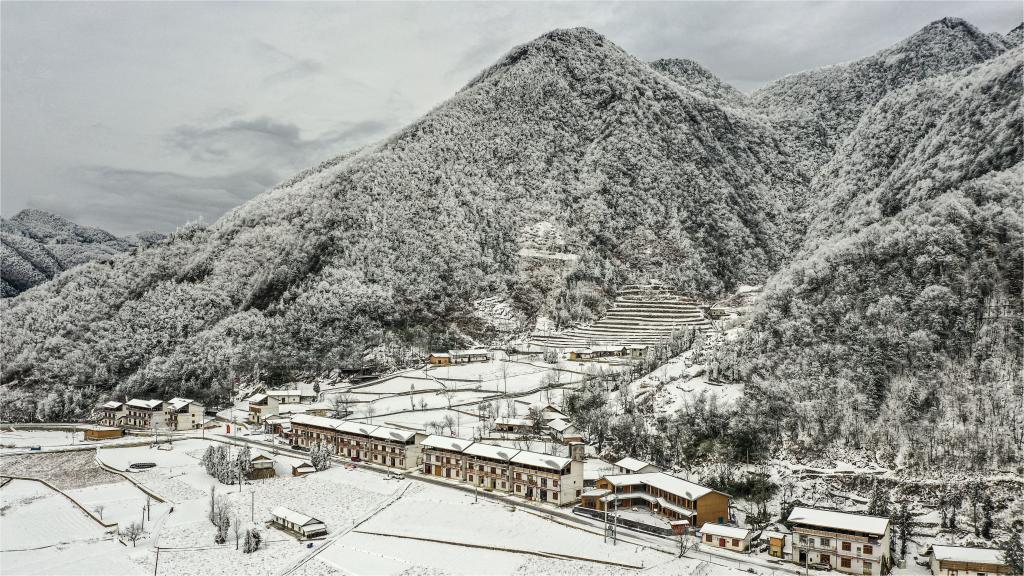Xinjiang Story: Quake-resistant houses provide secure haven for herders
URUMQI, Jan. 26 (Xinhua) -- When the 7.1-magnitude earthquake jolted northwest China's Xinjiang Uygur Autonomous Region early on Tuesday, Hasanbay Tabaldi, a herder living close to the epicenter, was awakened by the shaking.
"When I rushed out of the house, I saw that the sheepfold had collapsed, and dozens of sheep were trapped under the ruins," he recalled.
Hasanbay Tabaldi lives in a pastoral area about 20 km away from Kulansarak Township, one of the townships closest to the epicenter, Wushi County.
While Hasanbay Tabaldi was checking the sheep, a rescue team with excavators along with his neighbors rushed over to help. "Thanks to the villagers and rescuers, they dug out my sheep within two hours," he said. The fortunate part out of all the misfortunes, was his four earthquake-resistant houses in the township were not in any way damaged.
"The earthquake-resistant houses are solid and robust," he said.
In Kulansarak Township, there are three villages with 1,080 households of herders and farmers. Dang Yongming, an official of the township, said after the earthquake, the rescue team just took less than four hours to comb through the villages to check the conditions of the people and the houses.
"We found that the 'safe houses' built in recent years are generally intact, while the damaged structures are majorly adobe houses and sheepfolds built by herders themselves," said Dang.
The earthquake has left three people dead and five others injured. The quake caused relatively few casualties compared to its magnitude, due to low population density in the high-altitude epicenter and timely and well-organized rescue efforts.
Another crucial factor to the minor casualties is attributed to the earthquake-resistant housing project implemented in Xinjiang in 2004, with a particular focus on areas with frequent seismicity, including Wushi.
Over the past two decades, earthquake-resistant houses for all rural residents in Xinjiang were either newly built or renovated. "The outcome of the housing project stood the test when the earthquake hit this time," said Jarin Nurhamiti, head of the emergency management department of Xinjiang.
"In recent years, thanks to campaigns aimed at poverty alleviation, rural revitalization and pairing assistance targeting China's different regions, our people's houses have been further reinforced," he said.
Currently, the relocated residents have been properly resettled, and transportation services have resumed, while the telecommunication and power facilities in the disaster-stricken area have also been restored.
Photos
Related Stories
- China's Xinjiang posts robust foreign trade growth in 2023
- Side event on human rights and Chinese modernization held by NGO in Geneva
- Commentary: Lies about China reveal Western hypocrisy
- Resettlement sites offered to quake-affected residents in Xinjiang
- Education at all levels in China's Xinjiang is at all-time high: expert
Copyright © 2024 People's Daily Online. All Rights Reserved.









